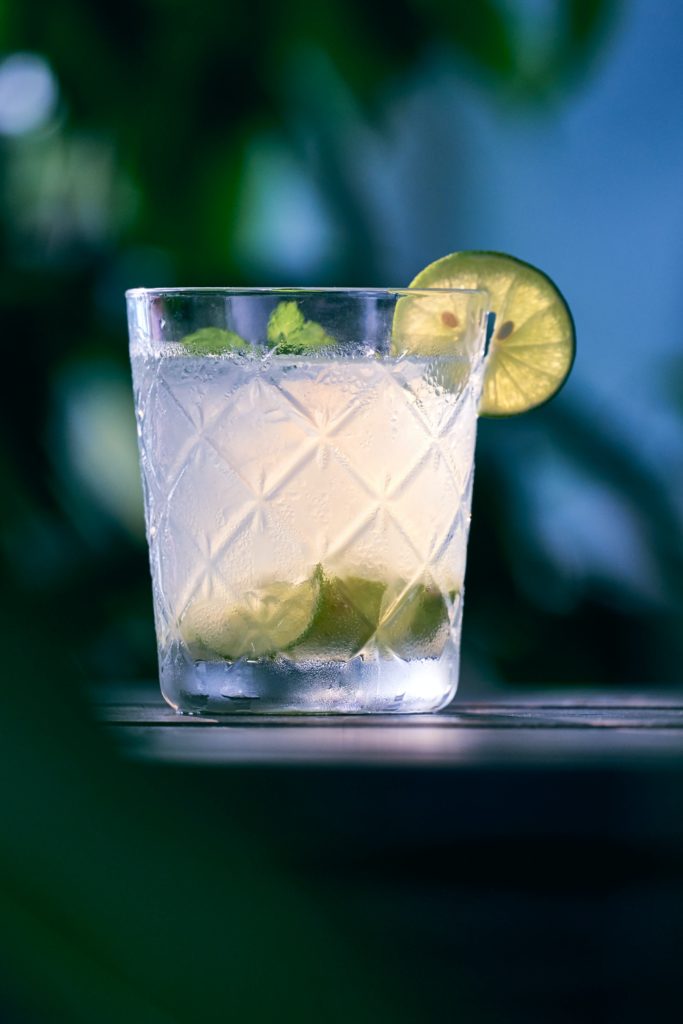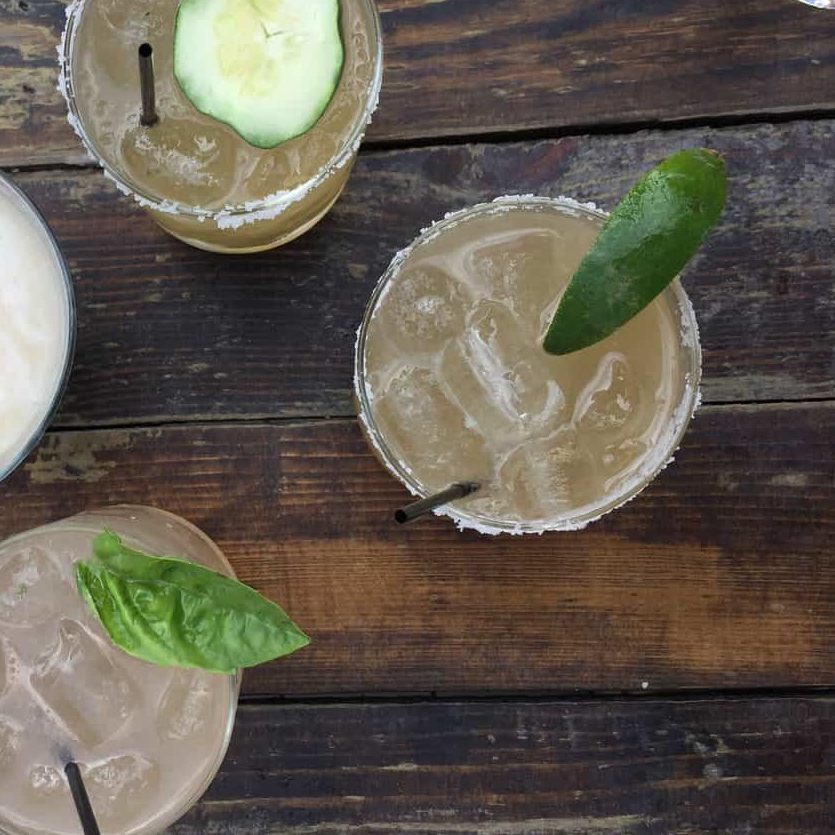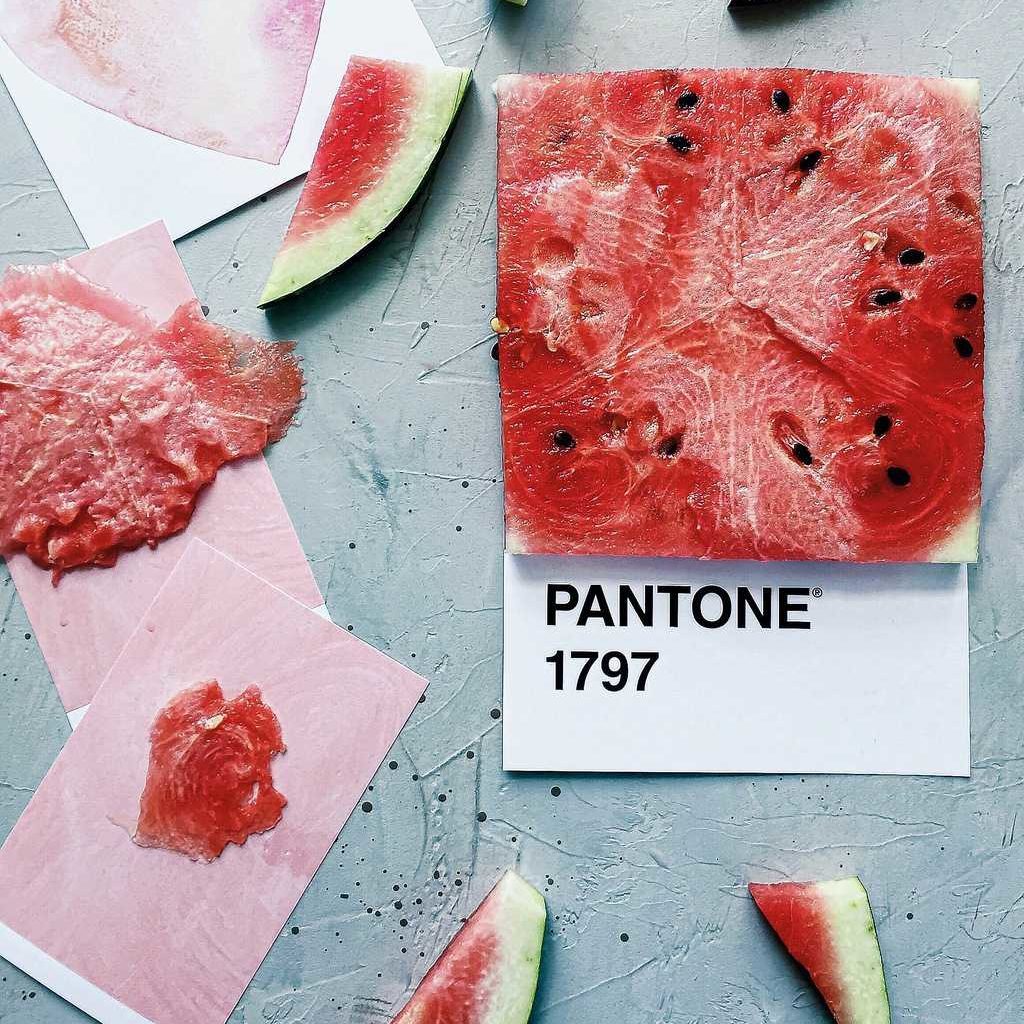Tequila Cocktails
A guide to making great cocktails with Tequila.
This is our guide to tequila cocktails. We’ve gathered everything you need to know if you interested in making cocktails with tequila. To start, there is a little background on how tequila is made. Next we have the classic tequila cocktail recipes. Then we get into tasting notes and pairings. Hopefully, this will inspire you to find an interesting pairing and make the classics uniquely your own. Finally, we’ve gathered a collection of variations on the classics so you can see what other people have tried.
As a bonus we’ve added links to a few other interesting Tequila drinks at the end. There is no need to scroll through in order – use the links to the right to jump around and find something interesting to you.
Classic Tequila Cocktails
The Classic Tequila Cocktails

The Margarita is without question the most popular Tequila cocktails around the world. Chances are you will find one on the menu of almost any bar you walk into. From that point on there are few Tequila cocktails as universal . The Tequila Sunrise has its day. Paloma cocktails have been on the rise, and the Michelada is a solid classic.
In this section we’ll look at how Tequila works with our 7 classic cocktail recipes. Then we’ll look at some delicious variations.

Classic Margarita Recipe: Making the Perfect Cocktail
Anejo Tequila is the obvious choice with its similar flavour to whiskey. But why be obvious. Tequila is an amazing spirit for playing with the Old Fashioned formula.

Paloma Cocktail – The Best Alternative to a Margarita
This is the Tequila Manhattan. Like the Old Fahsion this works perfectly well with Anejo Tequila, but blanco or resposado could make for some interesting choices.

Tequila Old Fashioned – 1 More Amazing Variation
The Rosita is a Tequila take on a Negroni. It’s origins are shrouded in mystery – but it’s deliciousness is never in doubt.
How is Tequila Made?
A Brief Description
Tequila, Mezcal, and other agave spirits, are fascinating. When you get to know the people behind the spirit and see some of the traditional methods that are still being used it’s a spirit that is easy to fall in love with.
Even the agave plant itself has a story that is unique to Mexico and its people. Agave plays a role in Mexican food, drink and culture that stretches back a millennia or more. There are few raw ingredient that go into making spirits that are quite like agave.
There are, of course, mass produced industrial scale tequilas that are best served out of a slushy machine. Feel free to avoid those and search out some of the more interesting tequilas out there. A growing interest in agave spirits means there can be shortages in the market, but the hunt for good tequila can be very rewarding.
Raw Materials – Blue Agave
Weber Blue Agave is the first thing you’re looking for when you are looking for a bottle of decent tequila. Tequilas that are labeled ‘100% de agave‘, or ‘100% puro agave‘ are made with entirely with blue agave.
Tequilas that are not labelled that way are only required to have 51% of the fermentable sugars come from blue agave. The rest of the sugars can come from almost any other source. These Tequilas are sometimes called ‘mixto’. If you associate Tequila with bad memories and regret, chances are it was one of these bottles you were drinking.
Agave is an amazing plant.
Agave an unusual source of raw material for spirit production. To start with they are huge. The ‘pina’ – the part of the plant that used to produce spirit weighs around 35-40 kilograms or 80 -90 pounds. In some cases they are twice that. Thats crazy big in comparison to the grains, grapes and fruits that are used in other spirits.
Secondarily, they have very long life spans. Most agricultural crops produce fruit or grain every year. Agave in comparison takes seven to ten years to reach maturity. That makes it very hard to manage production in periods where demand is increasing. It also makes it challenging for farmers grow the crop sustainably. This had led to shortages of agave spirits and pressure on the plant itself.

When it comes to Tequila it’s a good idea to pay attention to what you are drinking. While hunting for interesting Tequila can be a lot of fun, doing a little research and tracking down Tequilas that are being made responsibly makes a big difference. Not only are these Tequilas more sustainable they tend to be made to a higher standard of quality.

Harvesting agave is heavy, hot, hard work. The Jimadors, the people who harvest agave, wrestle these massive plants down, and trim their long spiky leaves do it with a dexterity that is remarkable to watch.
Once the agave pinas are trimmed and loaded on the truck they will be sent back to the distillery to be cooked and crushed to release their fermentable sugars.
This process can be very industrialized, and often is, but it is common to find Tequila that is still cooked in fire pits and crushed using stone wheels pulled by donkeys.
Making Tequila using traditional methods has an impact on flavour. Fire pits, for example give agave spirits a distinct smoky flavour. And, while it may be more efficient to use modern mills and diffusers to extract syrup from the plant, more traditional methods tend to only extract the most flavourful liquid.
Tequila Distillation
Tequila distillers use a wide range of different stills. Larger industrial scale distillers will tend to use large column stills. At the other end of the scale, traditional agrarian distillers will use

Lorem ipsum dolor sit amet, consectetur adipisicing elit, sed do eiusmod tempor incididunt ut labore et
Tequila
Flavour Notes

Tequila is unique because its flavour starts with the agave plant. Agave gives Tequila gets its distinctive earthy vegetal flavour. Depending on how it is cooked, processed and aged it can take on smoky flavours and deep oaky caramel and vanilla flavours. Understanding what flavours you can expect to find in a bottle of Tequila can really help you understand how to build flavourful interesting Tequila cocktails.
Flavours From Raw Materials
Agave is the raw material Tequila is made from. Agave gives a spirit flavours of peppercorn, roasted root vegetables, olives, red pepper, and earthy herbaceous notes.
These are the flavours you may want to harmonize with when you are creating new Tequila cocktails. Peppers are an obvious natural fit, both bell peppers and spicy peppers. Mexican cooking uses an incredible variety of peppers in a number of ways. Look into the many varieties of mole or salsa for inspiration when you a working up new ideas for Tequila.
Black peppercorn is a different set of flavours than red peppers or chili peppers. It can be an intriguing flavour to play with in cocktails, and it works especially well in many Tequilas. Try roasting a pan of peppercorns for 15 minutes or so. They will become very aromatic and develop incredible floral notes.
So many cocktails focus on bright acidic notes and rest on a sweet/sour balance. Agave flavours in Tequila are a real opportunity to punctuate those flavours with rich savoury and earthy flavours. Think about ways to use those flavours as a counterpoint in your cocktails.
Flavours From Processing
Every Tequila is processed a little differently. Making Tequila involves 6 or 7 steps and distillers have a lot of choices in how they carry out each process. In the end there are over 300 compounds that make up the flavour of the tequila in your glass.
Some of the more delicate flavours to look for can be subtle floral and fruit notes. These will be more present in blanco Tequilas where they aren’t competing with stronger oak flavours. Look for lilac, lavender and rose notes, both on the nose and in the glass.
Depending on how the Tequila is fermented and distilled you will get varying levels of fruit aromas and flavours. Pineapple and stone fruit flavours often make an appearance along with banana and pear notes. These are all a result of esters that form during production.
One of the big flavours that might show up in some Tequilas is smoke. It’s much more common in Mezcal, but distillers who are using more traditional practices may create spirits that have a distinctive smokiness to them. This is usually the result of cooking the agave in fire pits or wood fired clay ovens.
Flavours from Maturation
Tequila is frequently aged in oak barrels. Oak works its flavour enhancing magic in Tequila like it does in any other spirit. It will add notes of vanilla, coffee, cedar, caraway, spice, sawdust, coconut and nutty flavours.
In addition aging in oak will concentrate flavours and filter out some undesirable sulphuric flavours. This gives the spirit a smoother more approachable texture on the palate.
There are three categories for aged Tequila, reposado, añejo, and extra añejo. Reposado is Tequila that has been aged for a minimum of two months. Añejo is Tequila that has been aged for at least a year and Extra Añejo must be aged for at least three years. As you might expect, oak flavours are enhanced the more time a Tequila spends in the barrel.
When you are tasting aged Tequila pay attention to the flavours you’re noticing that come from oak. These are good signals for things

